
We’ve all seen the videos and memes of “The Iranian Hulk” Sajad Gharabi. He had a quick rise in internet fame for his strong-man gimmick, which quickly went down in flames.
Here’s the sad story of Sajad Garabi, known as The Iranian Hulk. Read below as we detail how Gharabi created the persona, gained fame, and how all of his lies caught up to him.
The Iranian Hulk’s Early Life
Before he became the Iranian Hulk, Sajad Gharabi had a normal life. The Iranian native grew up in Ahvaz, Iran, in a middle-class family.
Gharabi has said different things about his upbringing, so you can’t be sure what’s the truth. What is factual about Sajad is that he’s from Ahvaz, Iran.
He also graduated from the Azad University in Bushehr with a Bachelor’s degree in Commerce. I agree that he would seemingly use it in his future life as an internet celebrity.
The Iranian Hulk Become an Internet Sensation
During the middle of the 2010s, Sajad was an avid weightlifter, he did possess strength and had a hulkish build. This is when he came up with the Iranian Hulk persona.
Soon, Gharabi would begin posting pics and videos of his seemingly unbelievable feats of strength. Almost overnight, the Iranian Hulk would become an internet sensation.
Sajad would soon have millions of followers, which included numerous celebrities sharing his videos. He went viral and began gaining millions of followers, ads, and endorsements.
Any time you check Instagram, you’ll likely see the Iranian Hulk on your feed. He crushed fruit, rolled up frying pans, and bent bars with his hands.
One of his biggest moments came in 2016 when he made a viral video of Iranian General Qasem Soleimani. The Iranian Hulk disavowed ISIS and claimed he wanted to join General Soleimani’s army to fight them.
Gharibi never got around to joining the Iranian military, and Solemani was assassinated in 2020.
Iranian Hulk: The Powerlifter?
The numerous videos demonstrating feats of strength made people wonder if he had ever done any pro lifting. When asked about his lifting history, Sajad claimed that he was a powerlifter for a brief time in powerlifting.
He claimed a severe injury at sixteen abruptly ended his powerlifting career. Many people didn’t buy this story and questioned whether his lifts were legitimate.
The Iranian Hulk Gets Exposed
Over the years, the scam of the Iranian Hulk began to turn on him. Here is a chronological order of events that led to the downfall of the Instagram celebrity.
The Altered & Shopped Content
From the time the Iranian Hulk started gaining popularity, many people started claiming they smelled something fishy. Everything from the weights, camera angles, and obvious cuts are used to make his lifts look more impressive.
Anytime someone would make these claims, the Iranian Hulk would just blow them off.
The Iranian Hulk vs. Brian Ortega
UFC featherweight Brian Ortega was one of the first fighters that thought Gharibi was just a gimmick. Ortega laid down an open challenge to fight the Iranian Hulk, who outweighed him by 200 lbs.
The Iranian publicly accepted the challenge, but nothing came from the talk. Gharibi was also sure to avoid any location that Ortega might be at.
The Iranian Hulk Fails to Debut for BKFC
In the summer of 2019, the Iranian Hulk claimed he planned to enter combat sports. At the Artem Lobov vs. Jason Knight fight at BKFC, Hulk said that he signed a contract with BKFC.
Due to Covid, the debut of the Iranian would never make his bare-knuckle boxing debut. But the promoter of BKFC, David Feldman, would later reveal some damning details about Gharibi’s real life.
During the negotiations, the promoter wanted proof that Gharibi had legitimate fighting experience, not just a gimmick. Feldman also wanted assurance that his photos and videos on Instagram weren’t shopped or altered to make him look stronger.
Gharibi dodged the BKFC promoter’s wishes, which led to negotiations breaking down. Feldman walked away from talks frustrated and convinced the Iranian Hulk was a fraud. Many people online also began suspecting the same thing.
Iranian Hulk vs. Martin Ford
The celebrity boxing promotion Boxstar would later sign Sajad to another boxing contract. This time, it was against a famous bodybuilder and actor named Martin Ford.
For those of you who know Martin Ford, he is a giant, menacing figure who’s made appearances in various action films. Also, like the Iranian Hulk, Ford has a large online following.
But during a pre-fight press conference in Dubai, people began to realize that the Iranian Hulk was a fake. Martin dwarfed the Iranian Hulk at the press conference, who was half a foot taller than him.
Sajad had been hyping up the fight by telling Ford he would beat him when he saw them. During their face-off, Ford gave Gharibi a light push that sent him flailing to the ground.
Before the match, Gharibi would begin making a laundry list of excuses leading up to the bout. Everything from pressure from his family, country, and the internet led him to take sleeping pills. He was also not properly trained, apparently.
Ford quickly realized that this fight wouldn’t happen and canceled the whole thing. The Iranian Hulk was nothing more than an online creation who couldn’t fight and wasn’t really strong.
However, the Iranian quickly changed his tune when the bout was called off. He presented himself as angry that the bout wasn’t taking place and claimed he would win.
The Iranian Hulk vs. Kazak Titan
After the bout with Martin Ford fell apart, another promotion would put another bout together with Gharibi. This time, he would fight another internet-strong man named the Kazak Titan.
The bout took place in Dubai under special rules. It was an embarrassing spectacle, where both fighters had no formal fight training or even trained for the bout.
Fight fans on the internet got another good laugh at the expense of the Iranian Hulk. Gharibi would call out Ford for another bout but was met with laughter and ignored.
On a podcast, Ford would go more in-depth about the canceled bout and say he actually felt bad for Sajad. Everything about the event was a disaster, and Ford didn’t want to embarrass the Iranian Hulk any further.
He knew that Gharibi would never recover from the humiliation if they fought.

Can the Iranian Hulk Bounce Back?
With all of the lies that Sajad Gharabi created to build his Iranian Hulk persona, it’s unlikely he’ll bounce back. He was so blinded by the spotlight of fame that he forgot he was a fraud who couldn’t back up any claims.
Sajad Gharabi is on the list of historical fake martial artists for the gimmick he created to gain fame.
![Best Boxers of All Time [Updated List] 17 Best Boxers of All Time](https://www.lowkickmma.com/wp-content/uploads/2023/09/Best-Boxers-of-All-Time.jpg) The history of boxing has been filled with some incredible fighters. There are so many that we could do in-depth pieces on the best boxers of each division. But for newer fans, we’ve made a short list of some of the best boxers of all time. Read below about some of the best boxers of […]
The history of boxing has been filled with some incredible fighters. There are so many that we could do in-depth pieces on the best boxers of each division. But for newer fans, we’ve made a short list of some of the best boxers of all time. Read below about some of the best boxers of […]![Best Boxers of All Time [Updated List] 18 Floyd Mayweather](https://www.lowkickmma.com/wp-content/uploads/2023/09/Floyd-Mayweather.jpg)
![Best Boxers of All Time [Updated List] 19 Muhammad Ali](https://www.lowkickmma.com/wp-content/uploads/2023/09/Muhammad-Ali-.jpeg)
![Best Boxers of All Time [Updated List] 20 Mike Tyson](https://www.lowkickmma.com/wp-content/uploads/2023/09/Mike-Tyson.jpeg)
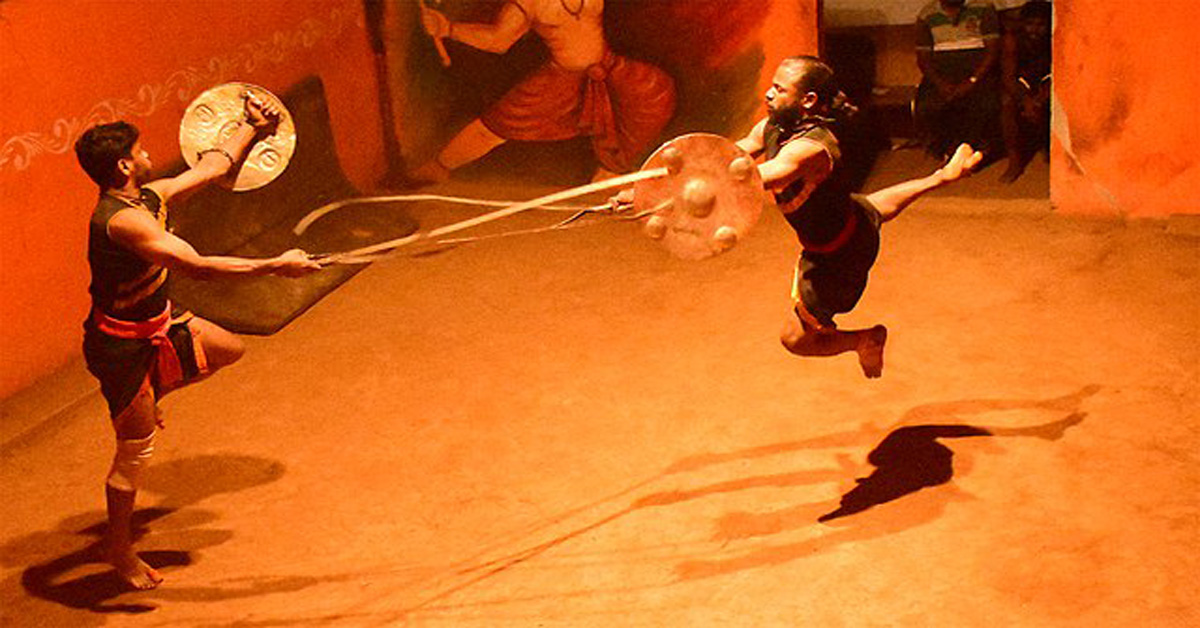 Ever since humans have existed, we have developed various methods of self-defense. This fact has led many to wonder what the oldest martial arts in the world are and if they’re still practiced. Here’s a list of some of the oldest martial arts in the world. Read below to learn a bit about the world’s […]
Ever since humans have existed, we have developed various methods of self-defense. This fact has led many to wonder what the oldest martial arts in the world are and if they’re still practiced. Here’s a list of some of the oldest martial arts in the world. Read below to learn a bit about the world’s […]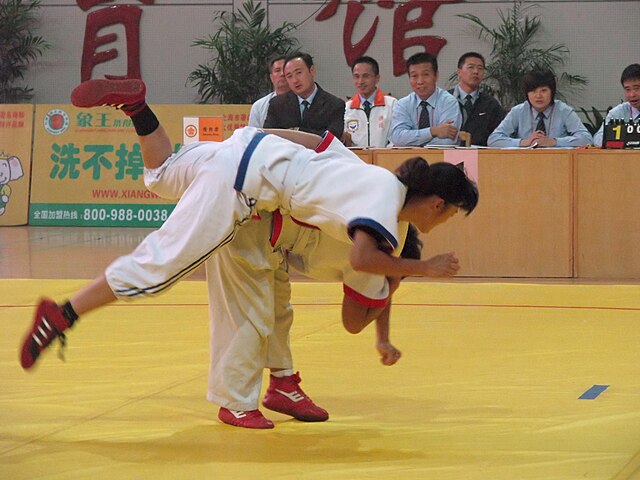
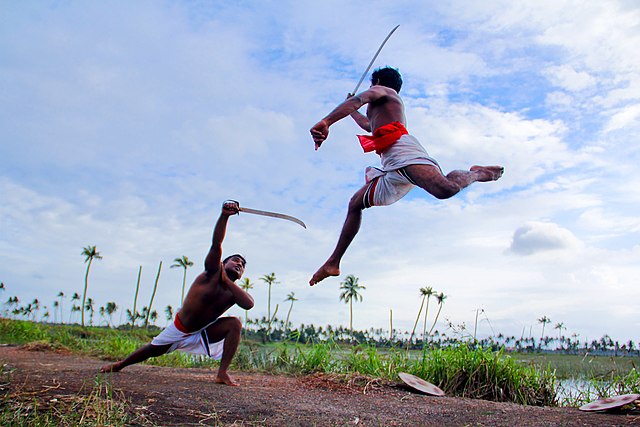
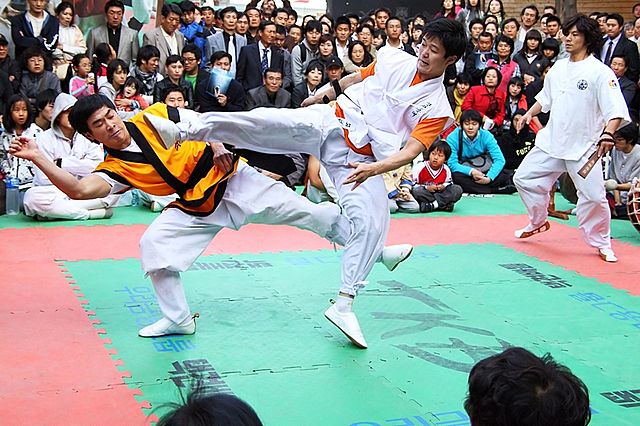
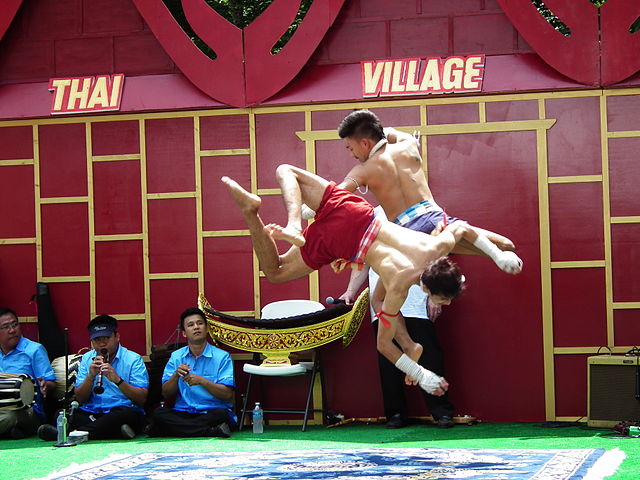
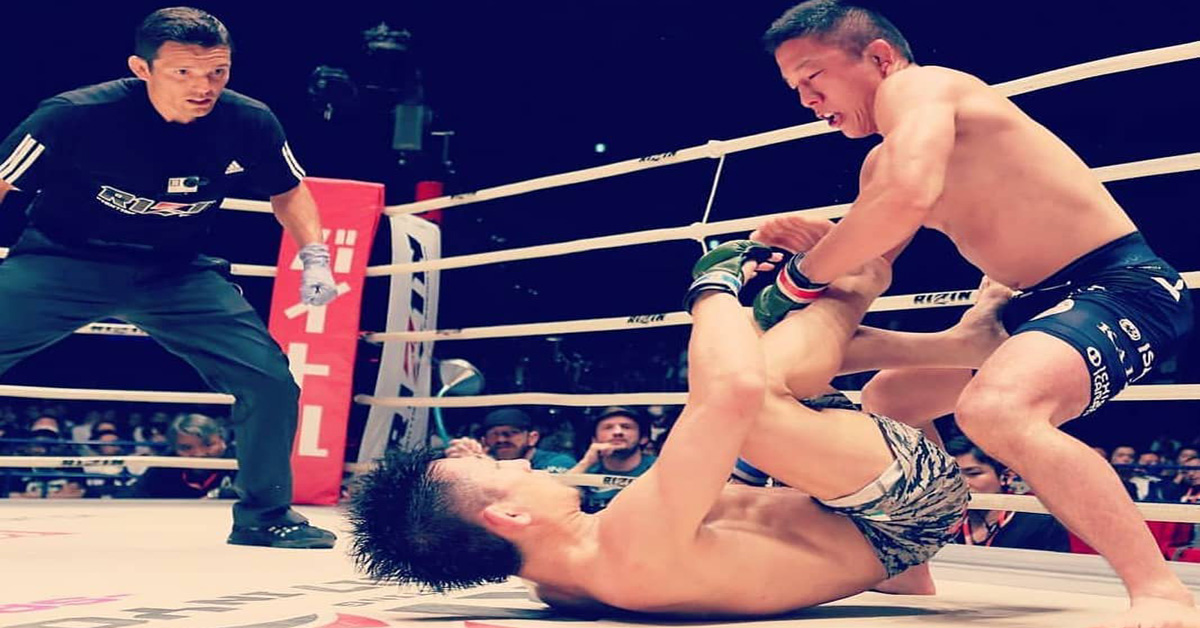 Jason Herzog is considered one of the best MMA referees currently working in the sport. He is a veteran ref who has been part of the sport’s best moments, with nearly 1,000 fights officiated. Name: Jason Herzog Nickname: N/A Age: N/A Background: BJJ & Judo Years Active: 2008 to Present Fights Officiated: 845 Fights(273 KO/TKO, […]
Jason Herzog is considered one of the best MMA referees currently working in the sport. He is a veteran ref who has been part of the sport’s best moments, with nearly 1,000 fights officiated. Name: Jason Herzog Nickname: N/A Age: N/A Background: BJJ & Judo Years Active: 2008 to Present Fights Officiated: 845 Fights(273 KO/TKO, […]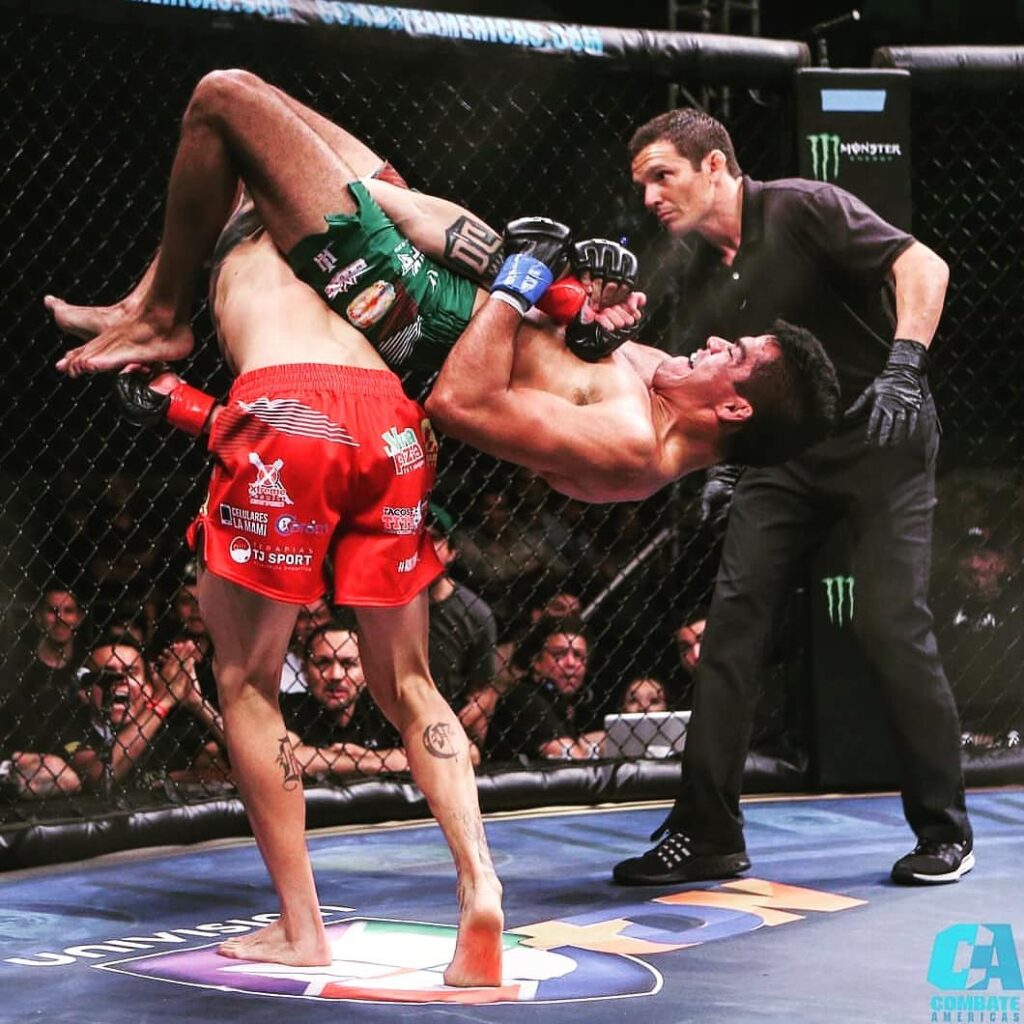
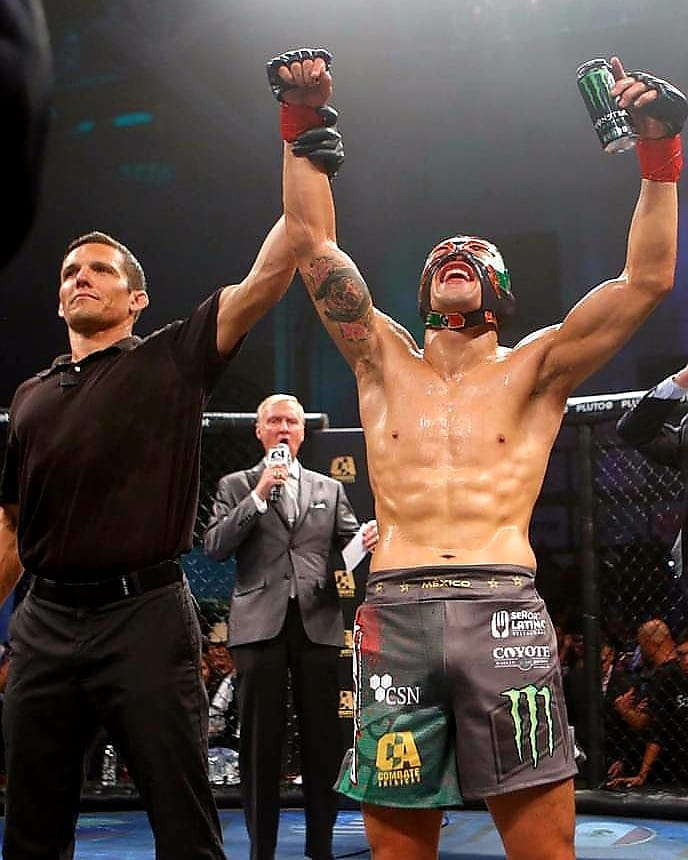
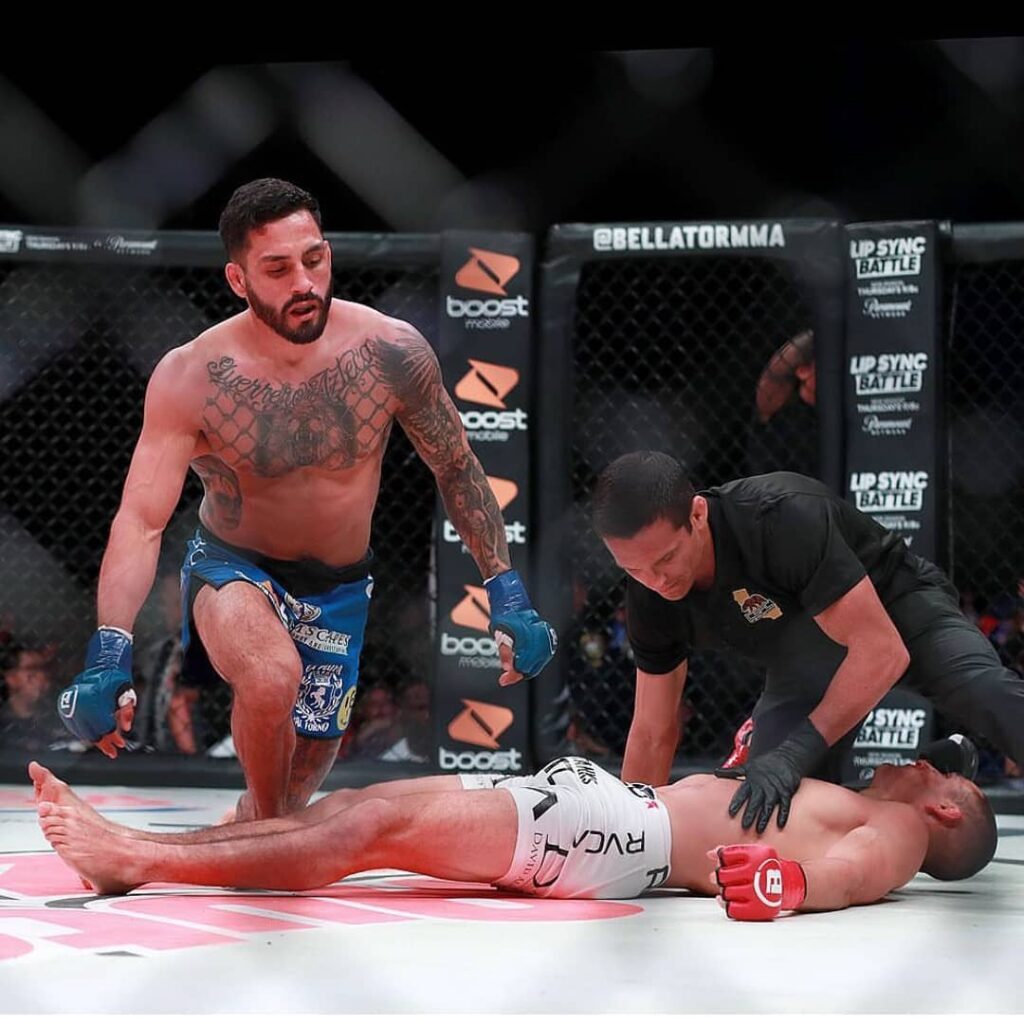
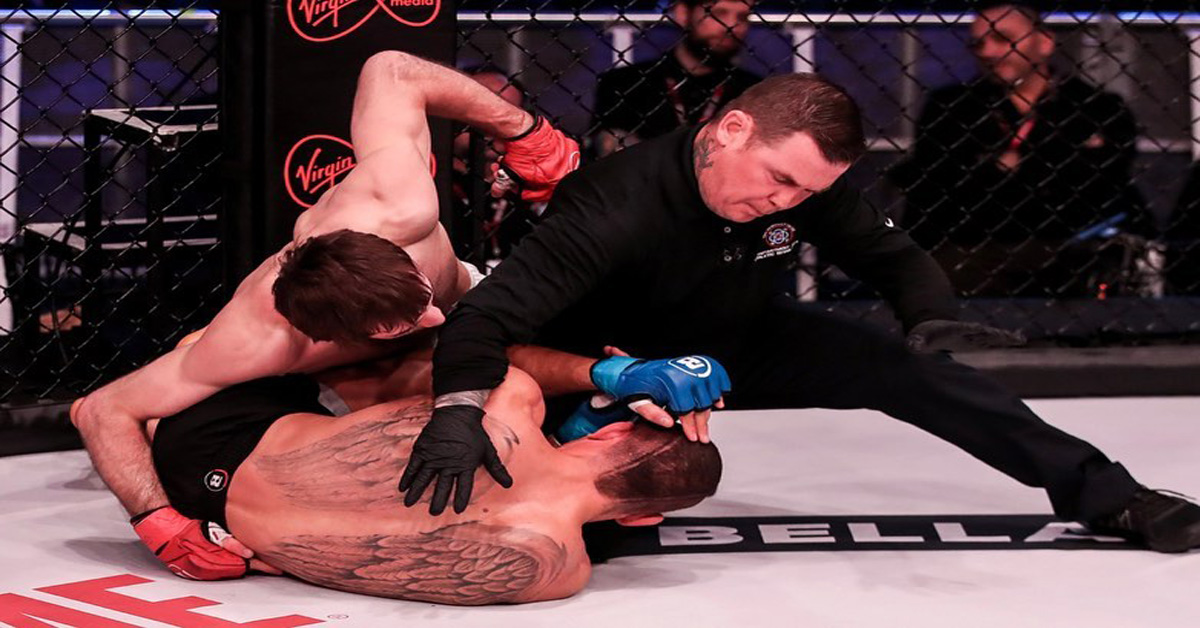 “No Nonsense” Keith Peterson is one of the most recognizable MMA referees in the sport. He is known for his serious demeanor and reputation for being one of the best MMA referees in the sport Name: Keith Peterson Nickname: No Nonsense Age: N/A Background: MMA & Muay Thai Years Active: 2009/2010 to Present Fights Officiated: […]
“No Nonsense” Keith Peterson is one of the most recognizable MMA referees in the sport. He is known for his serious demeanor and reputation for being one of the best MMA referees in the sport Name: Keith Peterson Nickname: No Nonsense Age: N/A Background: MMA & Muay Thai Years Active: 2009/2010 to Present Fights Officiated: […]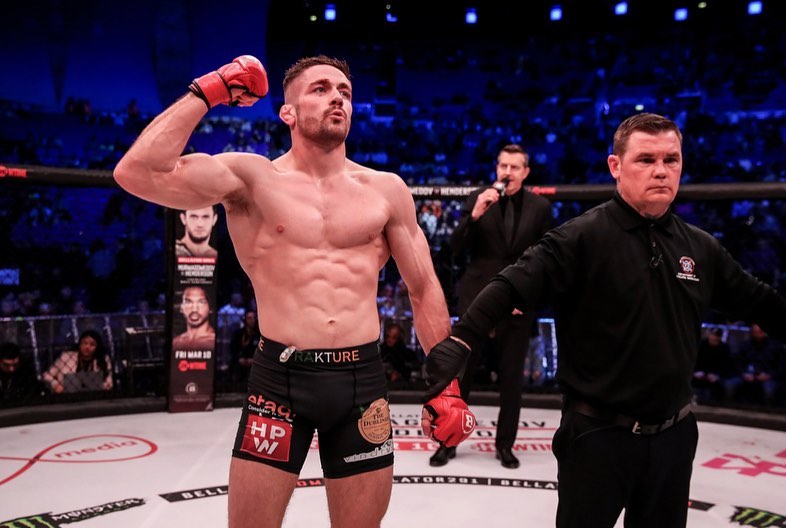
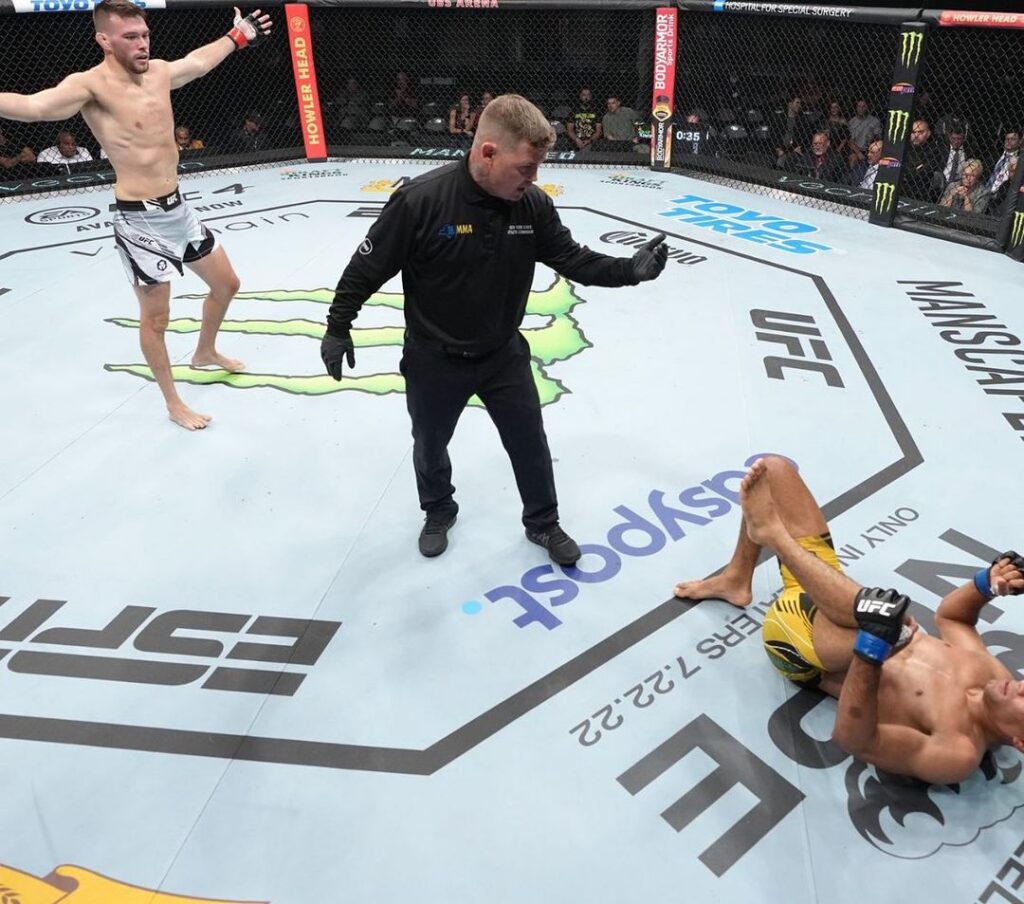
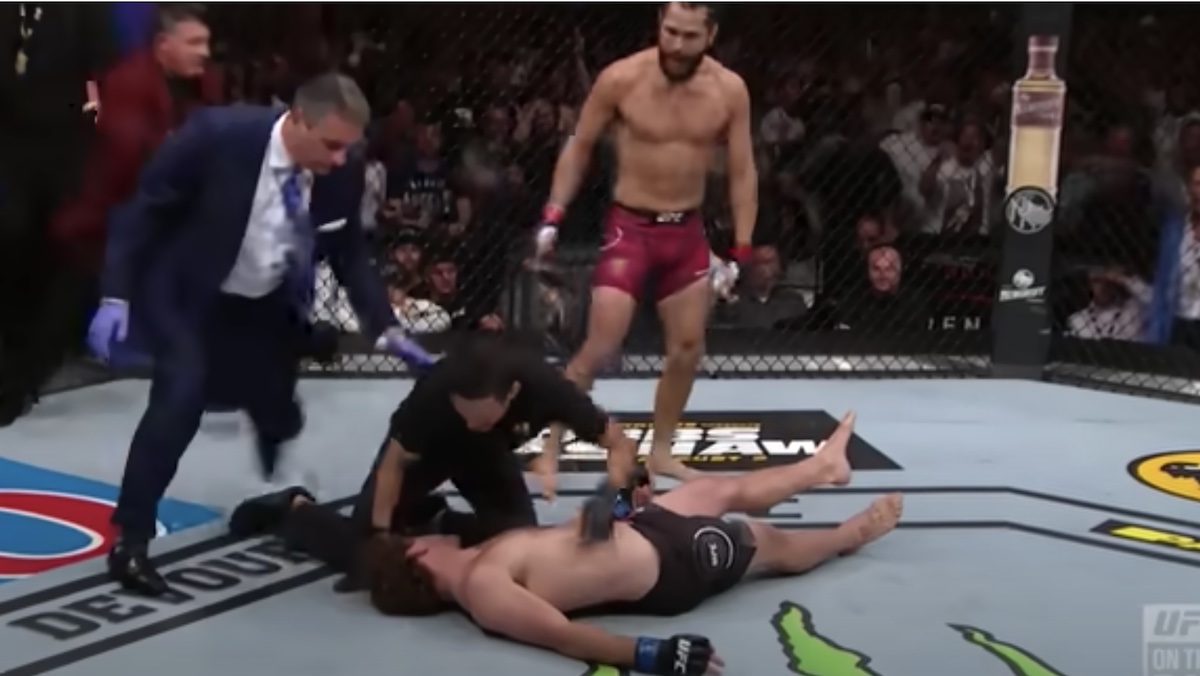 Fight fans love watching the knockout, whether it’s a TKO or KO. Although, for many, there is some confusion about the difference between a TKO vs KO. Let’s break down the differences between a TKO vs KO finish in combat sports. The subtle differences between the type of knockouts and their criteria in different combat […]
Fight fans love watching the knockout, whether it’s a TKO or KO. Although, for many, there is some confusion about the difference between a TKO vs KO. Let’s break down the differences between a TKO vs KO finish in combat sports. The subtle differences between the type of knockouts and their criteria in different combat […]